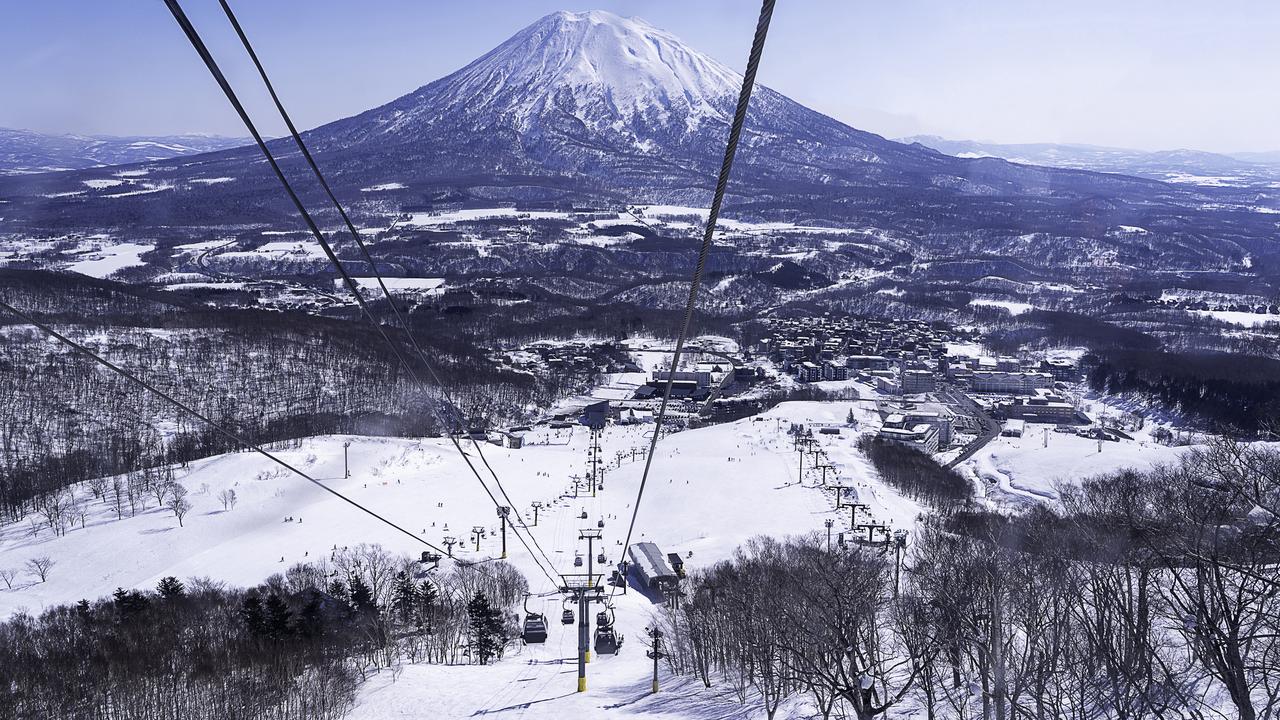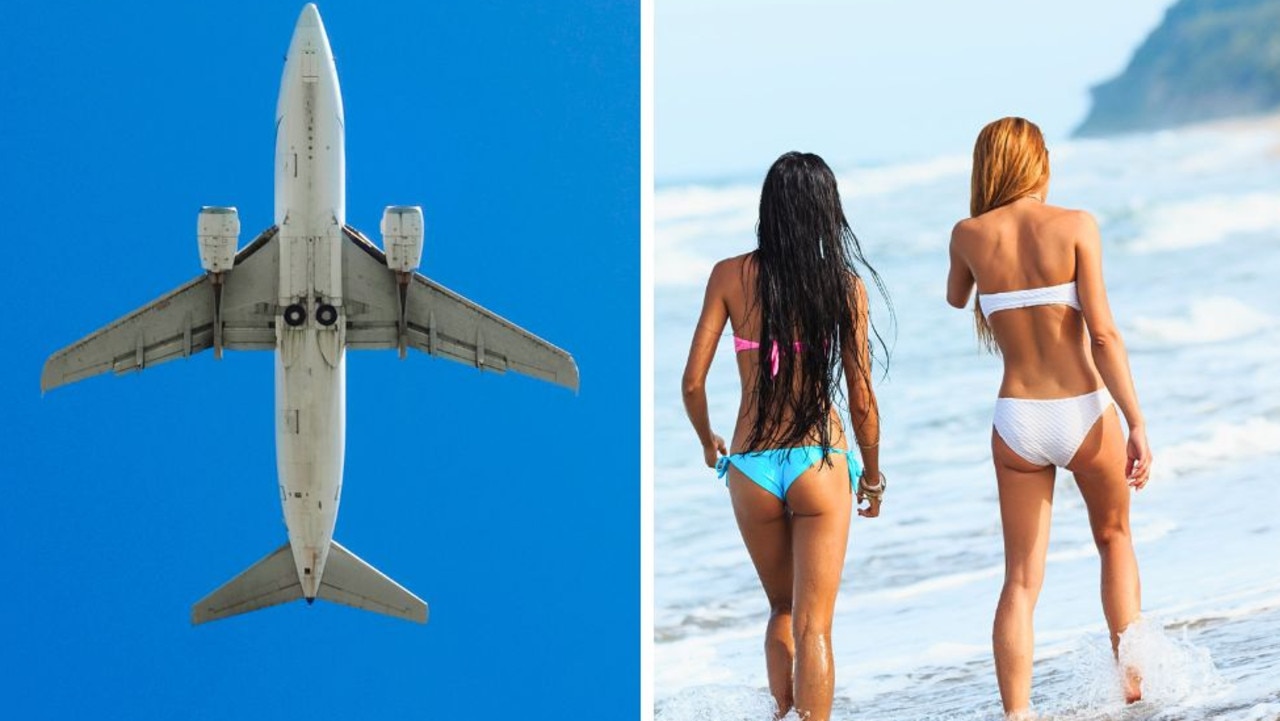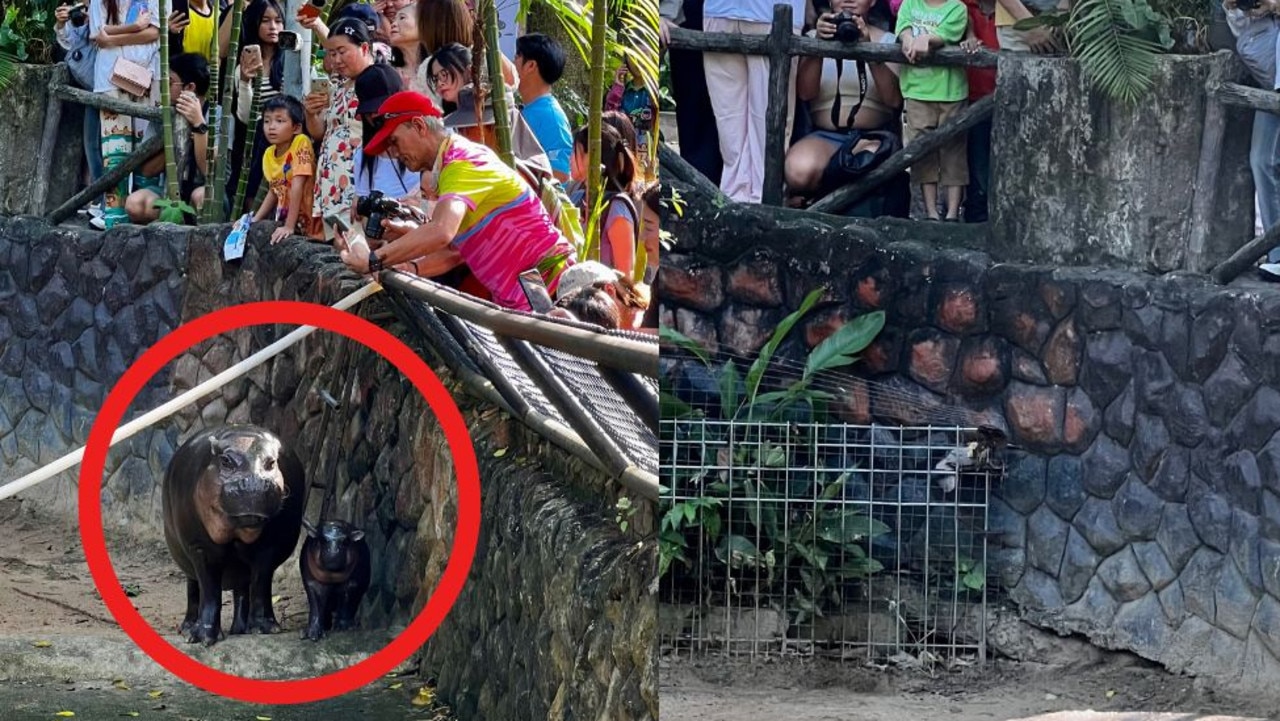Japan is exploring ‘dual pricing’ for foreigners and locals and people are divided
Some support it, but others who have booked holidays to take advantage of the relatively weak currency are not so thrilled.
Japan has been struggling with over tourism for some time now.
Travellers are heading there on holiday in light of the weak yen, which means they get more bang for their travel buck.
In May, MasterCard Economics Institute revealed Japan is the number one trending destination worldwide, with the country recording the highest number of inbound tourists for a single month in February. And recently it was reported the country had a record-high 17.78 million foreign tourists descend on the country in the first half of 2024.
While some Japanese welcome the tourism boom and the boost to the economy (spending by foreign visitors has quintupled over the past decade and is now Japan’s second-largest “export” category after cars, according to the Nikkei newspaper), it is having some detrimental impacts on locals.
Locals regularly complain of noise pollution, and the bad handling of rubbish and waste by tourists. As a headline on the Asia Times states “Japan quietly and politely hates its tourism boom”.
They even have their own unique term for it: ‘kankÅ kÅgai’, which literally means “tourism pollution”.

Japan has imposed a string of new rules in an attempt to minimise the impact the tourism influx is having on the natural environment – and locals.
Officials are setting visitor quotas, raising fares during peak hours and developing infrastructure to disperse tourist traffic.
Discussions over charging higher fees to foreign visitors started last year with a price hike for the tourist-exclusive Japan Rail Pass.
According to Japan Today, the Osaka prefectural government is holding discussions on introducing a tax specifically targeting foreign visitors, possibly around the start of the World Exposition in western Japan in April 2025, to fund measures to manage a surge in tourists.
The latest instalment in the “how does Japan handle the tourist surge” saga is talk of different price structures for foreign tourists and locals.
In light of the continually weak yen and over tourism, this week the Hokkaido Tourism Organisation has called on businesses to consider a “dual pricing system” for locals and foreign tourists.

And while those Aussies planning a trip to Japan might baulk at the concept of being charged an inflated rate for things such as lift passes and food, the Hokkaido Tourism Organisation said it would instead be charging a lower rate for locals, to ensure Japanese people aren’t priced out of enjoying internationally popular resorts like Niseko.
It’s not the first instance of a dual pricing system in the country. In June the mayor of Himeji said he was looking at more than quadrupling entrance fees for overseas tourists at the popular Himeji Castle. He said this price increase was to fund maintenance and repairs to the castle, which has sustained considerable wear and tear from the influx of tourists.
When asked about the two tier entrance fee, the Himeji mayor said “foreign tourists come here once in their lifetime, but locals enjoy this place regularly”.

Having a different price for locals and tourists is not a new strategy. Since January, foreign visitors to Istanbul’s Hagia Sophia have been paying €25 ($A40) for the to visit.
As a foreign visitor, you will pay 1000 Indian rupees to visit the Taj Mahal.
An Indian visitor pays 40. In Hawaii, state residents can visit the Diamond Head state park for free while everyone else is charged. Closer to home Tasmanian residents can visit MONA for free, while any residents outside the state needs to pay an entrance fee.
Some travellers are happy to pay a higher price for attractions when they visit a foreign country, especially if the traveller is from a relatively wealthy country and is visiting a poorer nation. When tourists from developed countries visit such places, the price difference can feel almost like a donation or assistance.
Others find two-tier pricing offensive.
Shaun Busuttil writes on Karryon that it is “discrimination” and “it can strike Western travellers as totally unfair and we’re just not used to it”.
“For example, here in Australia, we don’t charge a higher price to tourists that come to snorkel in our Great Barrier Reef,” Mr Busuttil wrote.
“We don’t charge more for them to visit Uluru either. And we don’t charge one price for Aussies and another for foreigners who want to climb the Sydney Harbour Bridge – although we could … Our tourism industry is egalitarian, and we expect the same when we travel”.

A survey conducted by loyalty point service provider Loyalty Marketing Inc in February showed nearly 60 per cent of respondents agreed or somewhat agreed to the two-tier system.
But the survey also showed more than half of the respondents were concerned about the negative influence the system could have on foreign visitors, and there was concern tourists might feel “scammed” or gouged.
Some respondents suggested “value add” services could be included for foreign tourists, such as offering services in various languages, guides, enhanced hospitality or special gifts.
Japan Today quizzed some locals about their thoughts on the proposed dual pricing system.
One woman said “given the alarmingly weak yen, I think it doesn’t hurt to take a little more from foreigners.”
And a Japanese restaurant owner justified the price difference to the ABC by saying the surge in tourists had forced him to employ English-speaking staff who were paid a slightly higher wage.
He said the price difference also took into account the “extra labour of teaching foreigners the right manners at Japanese restaurants”.
Imposing the extra costs created by tourists onto locals would be unfair, he said.
“We have also experienced many tourists cancelling at the last minute, which very few Japanese people do.”
This article originally appeared on Escape and was reproduced with permission





